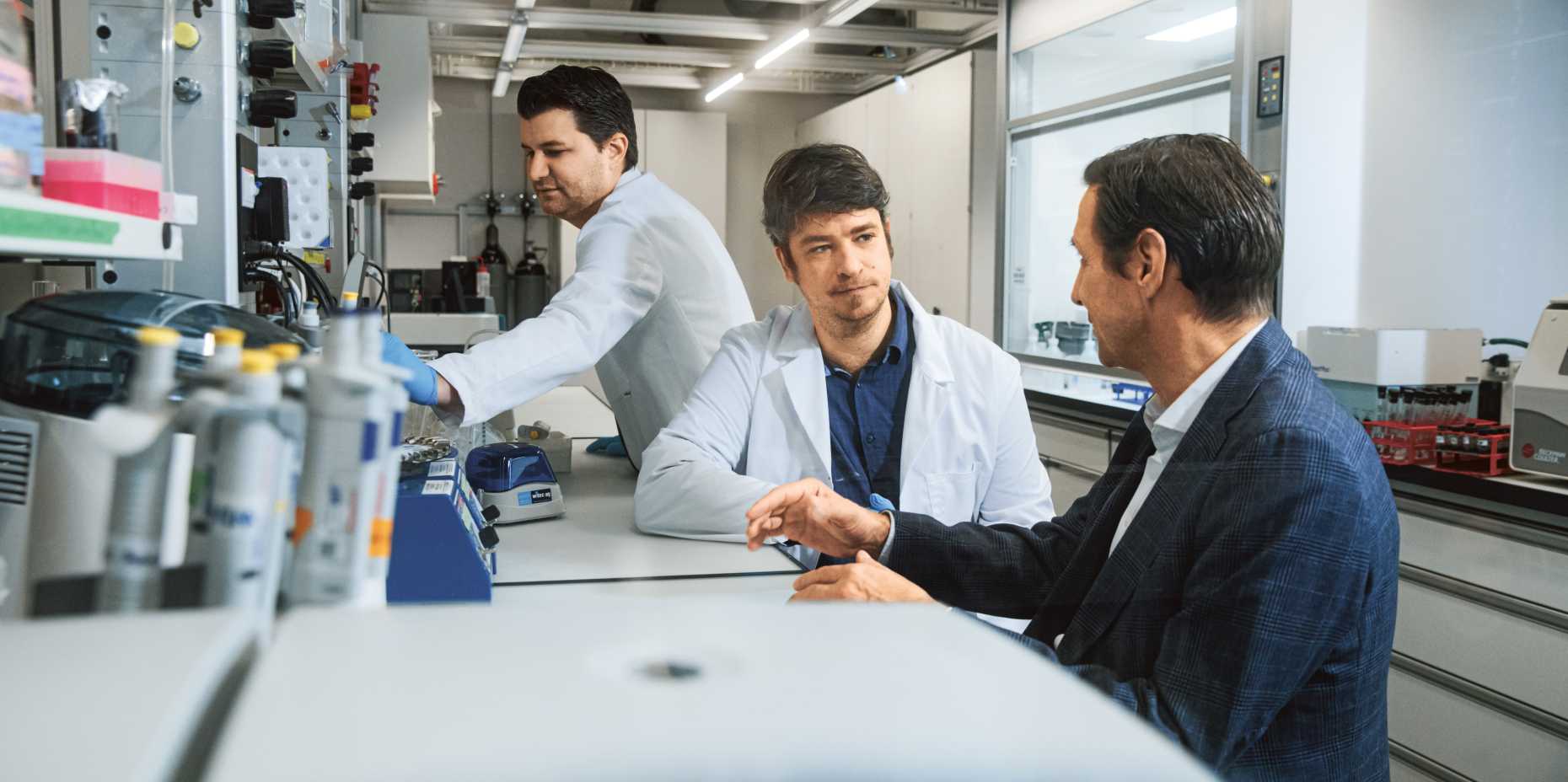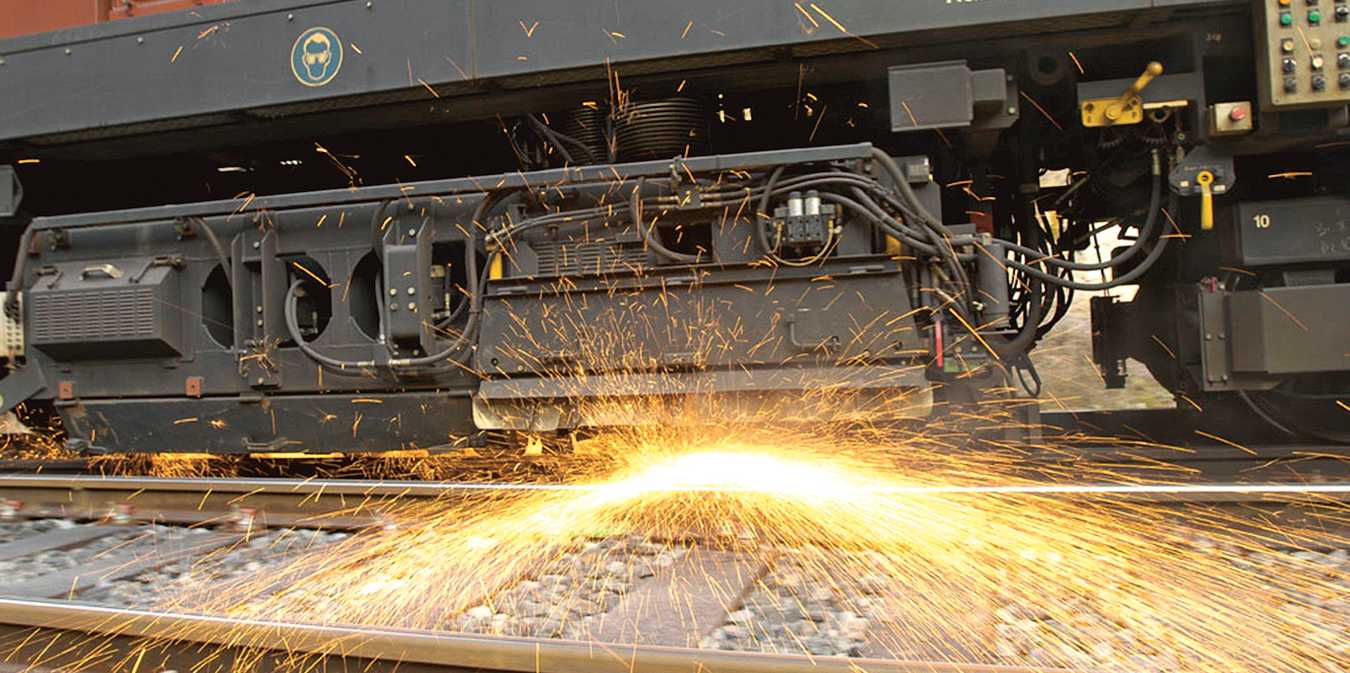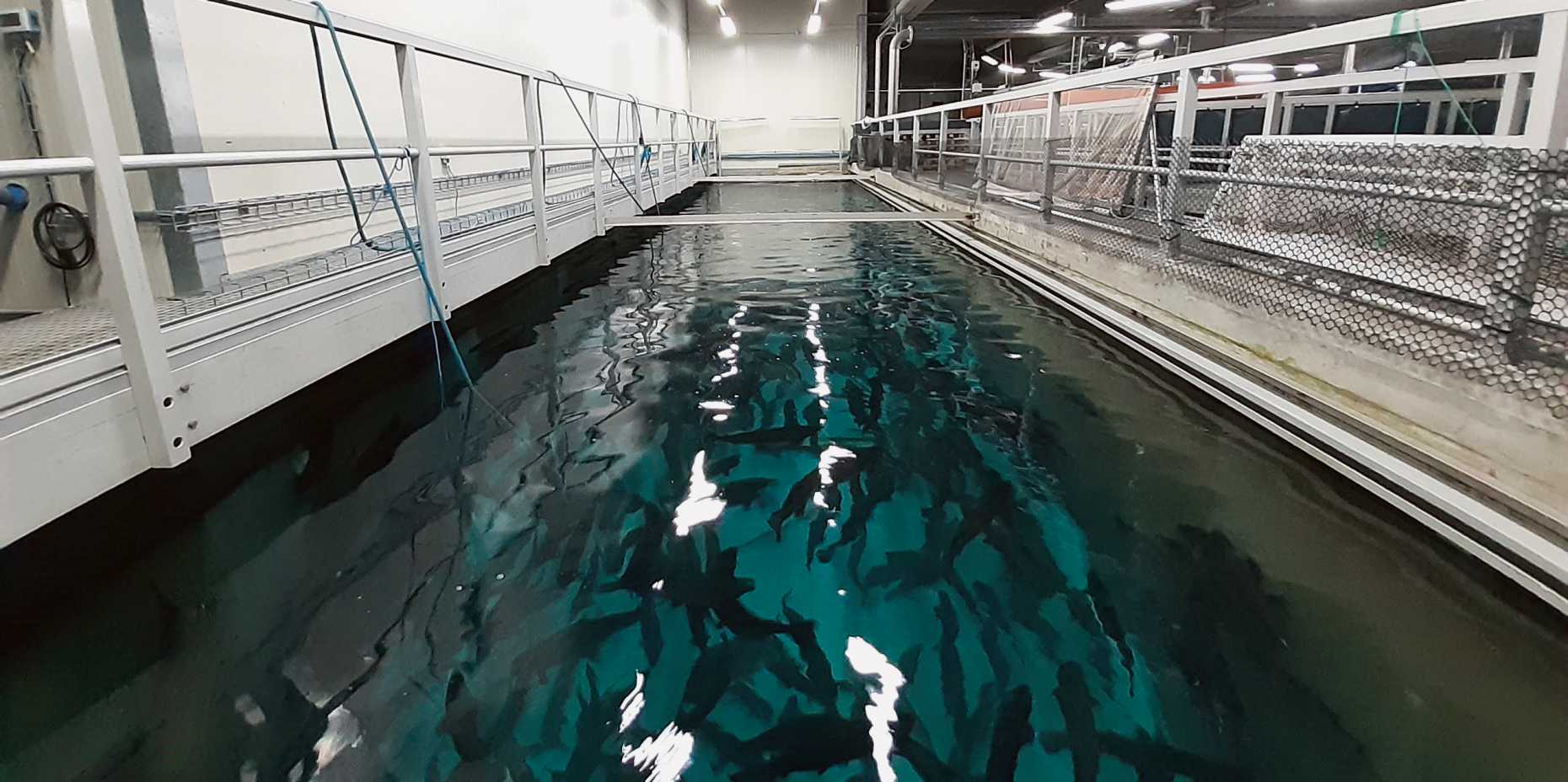Innovating together
ETH Zurich works closely with industry. There is increasing emphasis on collaborations with small and medium-sized enterprises.

Grinding rail tracks as efficiently as possible or preventing bacteria in salmon farms from producing molecules that cause unpleasant odours – these were among the innovations that ETH Zurich researchers worked on with partners from industry during 2019. They were supported by Innosuisse, the Swiss Innovation Agency. The successor to the Swiss Federal Commission for Technology and Innovation (CTI), Innosuisse finances science-based innovation projects carried out by research institutions and companies.
“Innosuisse is an important partner for ETH Zurich,” says Silvio Bonaccio, Head of ETH transfer. In 2019, the Innovation Agency approved 25 applications from ETH, resulting in a success rate of around 61 percent. Applications are assessed by experts from Innosuisse.
If the assessment is positive and the Innovation Council approves the project, the agency pays half the project amount to the research partner, with the rest being paid by the participating company itself.
Industry Relations Manager Jan Zimmermann is also a fan of Innosuisse: “Our researchers are keen users of Innosuisse’s services," he says. This is particularly true of established researchers who have a broad network of contacts with industry. Innosuisse is particularly involved in promoting innovation in SMEs, a goal that ETH Zurich is also pursuing. “Over 30 percent of ETH Zurich’s projects with industry involve SMEs," says Zimmermann, emphasising the importance of research cooperation with small and medium-sized enterprises.
From rail transport to salmon farming
In the rail grinding project mentioned earlier, ETH Zurich’s Institute of Machine Tools and Manufacturing works with Scheuchzer Ltd, which manufactures track-laying machines and “grinding trains”. The background to the innovation project is that many lines of the Swiss rail network are exposed to heavy use, which means that the rails have to be ground regularly. The work has to be carried out as quickly and efficiently as possible so as not to impede railway operations. A grinding train currently has to make several passes over the rail when carrying out this re-
profiling work. In future, grinding trains will only have to pass over the track once, thanks to the improved grinding process developed by ETH and Scheuchzer Ltd.

Researchers and industry are also working together on a project which aims to find out why bacteria in salmon farming produce molecules that cause odour emissions. Mark Lever, Assistant Professor in the Department of Environmental Systems Science at ETH Zurich, is taking part in the project, while Professor Lever’s doctoral student Pascal Wiesli from the Zurich University of Applied Sciences (ZHAW) conducts experiments in Wädenswil.
The industrial partner is Swiss Alpine Fish Ltd. in Lostallo. While the fish are sustainably bred and fed without the use of chemicals or antibiotics, bacteria in biofilms in the water produce the alcoholic molecule geosmin. “This molecule smells musty and its concentration in the water correlates with that in the salmon flesh,” says Professor Lever. The unwanted odour reduces the price salmon fetch on the market. “We are therefore looking to see which factors lead to bacterial production of geosmin.” Tests have shown that the choice of feed has an influence. “UVC radiation and the addition of ozone also change the geosmin concentration in the water,” explains Lever.

Bridging the gap between research and application
The Bridge programme offered jointly by Innosuisse and the Swiss National Science Foundation builds a bridge from research to application. On the one hand, it supports junior researchers who want to test ideas to see whether they are feasible in reality. On the other hand, it can also benefit experienced researchers who want to put an innovation into practice.
In 2019, Volker Bartenbach was one of several members of ETH Zurich to benefit from Bridge. A Pioneer Fellow working in the Rehabilitation Engineering Laboratory, he launched a research project at ETH Zurich to develop exoskeletons for industrial applications. The wearable support systems are designed to protect the back during activities that put strain on the body, such as lifting and carrying heavy loads. With funds from Bridge, it is planned to spin off the research project from ETH Zurich.
ETH Zurich has a great deal else to offer companies and members of the university to promote cooperation between research and industry. The university’s Industry Relations team provides special services for SMEs and supports companies and researchers submitting applications to Innosuisse. The Industry Relations offering includes a newsletter published every two months containing information about current ETH projects with industrial partners as well as events for industry. ETH transfer also helps researchers to draw up research contracts and patent their ideas.
This text has been published in the annual report 2019.
Further information
ETH transfer
Industry Relations
external pageInnosuissecall_made
